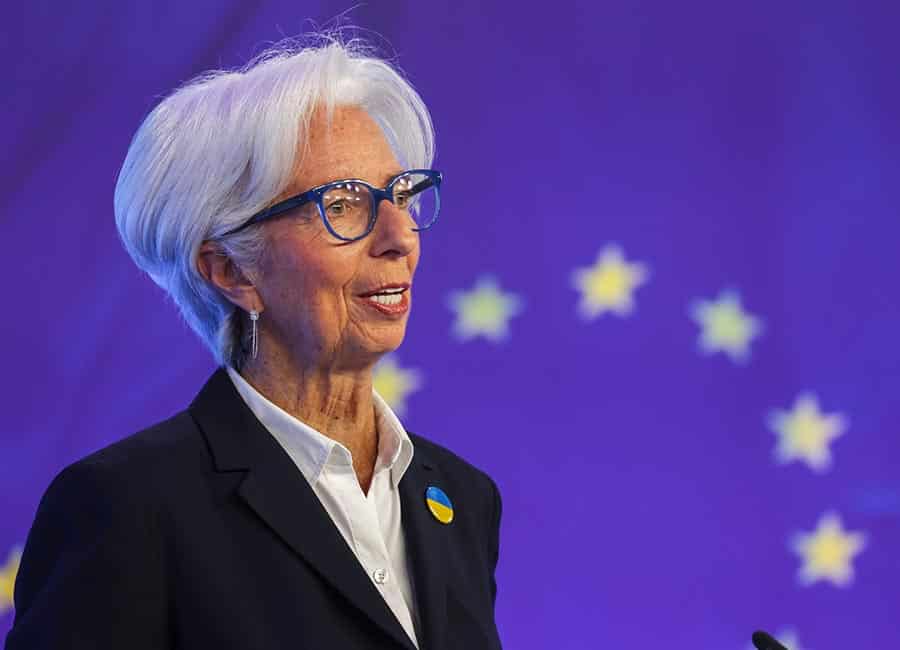Budget 2019 took a step -- albeit a small one -- towards parity between the tax credits applicable to employees and self-employed persons, writes Robert Dowley (pictured), Partner in KPMG
Income Tax Bands
Building on last year’s budget, the Minister Paschal Donohoe announced that the level of income at which people enter the higher rate of income tax of 40% is to be increased again for 2019.
The increase of €750 for both a single person and a single-income couple (married or in civil partnership) will result in a single person reaching the higher income tax rate at a level of €35,300 and single-income couples reaching it at income levels of €44,300.
Each taxpayer in dual-income households may also benefit from the increased standard rate band where the respective income of each tax payer is equal to or is greater than €35,300.
The maximum annual benefit of this increase amounts to €150 (€300 for a dual-income household). While welcome, this increase represents year-on-year growth of 2.17%, which is less than the growth in average weekly earnings (currently 3.3% per the latest figures available from the CSO).
Universal Social Charge
Continuing the trend of recent years, the reductions in the USC announced in the Budget were well signalled.
In keeping with the government’s stated approach, these reductions are targeted mainly at those categorised by the government as being on low-to-middle incomes, i.e. those with earnings between €13,000 and €70,044 per annum. The reductions are provided by way of increase in the band two ceiling and reduction in the band three rate.
Firstly, the ceiling at which the 2% rate applies will be increased from €19,372 to €19,874. This increased ceiling should ensure that full-time workers on the increased national minimum wage of €9.80 per hour should not pay USC at rates higher than 2% on their salary.
Secondly, the USC rate applying to income between €19,875 and €70,044 is to be reduced by 0.25% to 4.50%. This change results in the marginal aggregate rate of USC, income tax and PRSI reducing from 48.75% to 48.50% for those earning up to €70,044.
These changes should benefit all taxpayers (including those earning over €70,044), and the maximum benefit to any one individual is limited to €140 per annum. It is expected that these changes will take effect from 1 January 2019.
The employee marginal rate of 52% (comprising income tax, USC, and PRSI) will continue to apply for incomes above €70,044, and a marginal rate of 55% will continue to apply to self-employment income above €100,000.
There is no change to USC for those earning less than €60,000 per annum who are either (i) full medical card holders, or (ii) over 70 years of age.
Notwithstanding that it was introduced as a temporary measure in December 2010, the USC applies to a wider base of taxpayers than the income tax charge and now appears to form a permanent part of the personal tax regime in Ireland.
In February of this year, the minister established a working group to examine the potential amalgamation of USC and PRSI over the medium term to ensure the competitiveness and resiliency of Ireland’s personal tax system in the future, without narrowing the tax base. The group was expected to report in advance of Budget 2019. The Minister did not refer to the working group in his budget speech.
Earned Income Credit
The earned income credit was introduced from 2016 to reduce the differential in taxes payable by employees and self-employed individuals. The minister announced that the credit for 2019 will increase by €200 to €1,350. The increased earned income credit is still €300 lower than the corresponding PAYE credit available to most employees.
This represents another step towards parity between the tax credits applicable to employees and self-employed persons, albeit there remains a €300 differential.
However, there has been no equalisation of self-employed and employee USC rates on income over €100,000, as previously mooted. As such, non-PAYE income over €100,000 will continue to be liable at 11%.
Home Carer Credit
Continuing a trend from the last two budgets, the home carer credit is to be increased for 2019. This year’s change will see the credit increase by €300 to €1,500 for the year. In total, the credit has been increased from a level of €1,000 in 2016 to €1,500 for 2019.
The full credit will be available where the carer’s income (excluding Carer’s Benefit and Carer’s Allowance) is €7,200 or less, with a tapering credit available to those with income between €7,200 and €10,200.
Mortgage Interest Relief
Mortgage interest relief is available in respect of certain owner-occupied residential mortgages drawn down between 1 January 2004 and 31 December 2012. The minister did not announce any change to the expected tapering of the relief between now and 2021.
Capital Acquisitions Tax Thresholds
The minister announced an increase in the tax-free threshold that generally applies for capital acquisition tax (CAT) purposes for gifts or inheritances from a parent to a child. This threshold is to be increased from €310,000 to €320,000, and it is expected to take effect for gifts or inheritances taken on or after 10 October 2018.
In his speech, the minister referenced concerns about the tax burden for families on inheriting the family home as being the driver for this increase. Budget 2019's increase in the threshold is small, and there is a long way to go in restoring the threshold to previous levels, which were in excess of €500,000 before the financial crisis.
• Download KPMG’s Guide to Budget 2019











